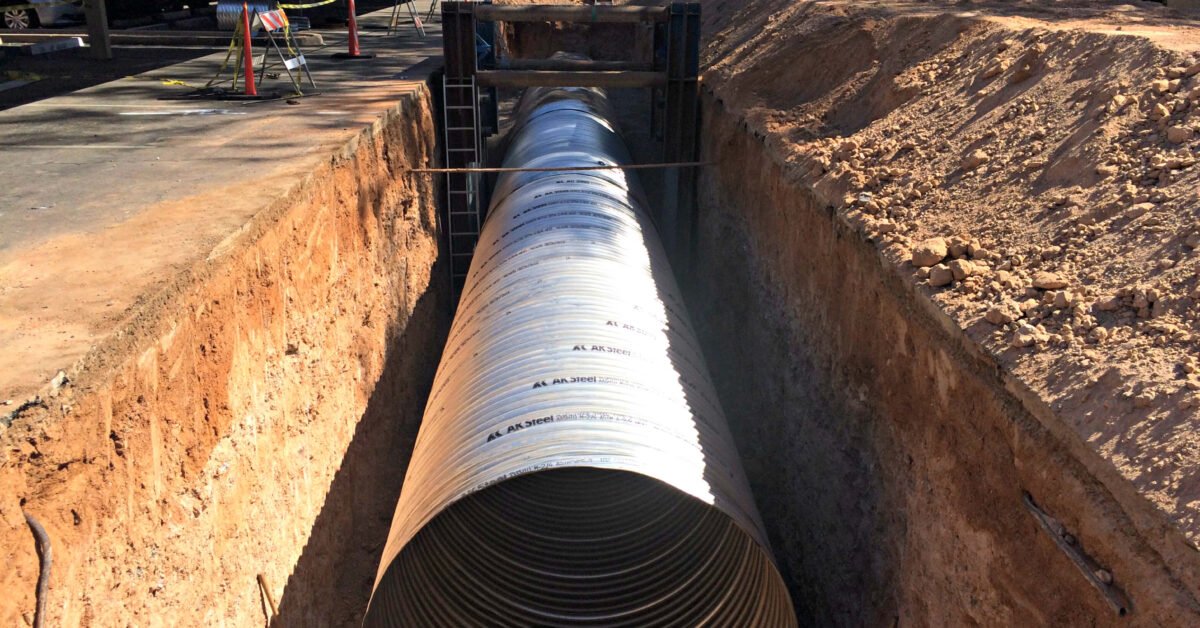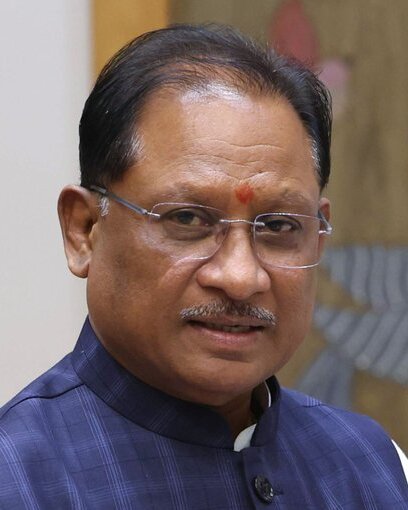Cities Brace for Chaos: How Monsoon Flooding and Drainage Issues Are Affecting Lives
As the monsoon season approaches, cities across the globe prepare for the inevitable deluge, but nowhere are the stakes higher than in areas plagued by persistent monsoon flooding and drainage issues. These annual rains bring with them not just a refreshing respite from the heat, but also the potential for catastrophic flooding that can disrupt lives, destroy properties, and paralyze infrastructure. In regions where rainfall has become increasingly unpredictable, the consequences are felt far and wide, from bustling metropolises to quiet towns. This year, as the monsoon clouds gather ominously over the horizon, local authorities, communities, and residents alike find themselves bracing for the chaos that often accompanies nature’s fury.
In Mumbai, a city that has become synonymous with monsoon flooding and drainage issues, the atmosphere is thick with anxiety as preparations intensify. As the first drops fall, residents recall the devastation of previous years, when streets turned into rivers, and homes were inundated. With a population exceeding 20 million, the challenges of managing excessive rainfall are immense. The city, known for its vibrant street life and resilient spirit, often finds itself at the mercy of weather patterns that seem increasingly erratic.
One resident, Aarti Deshmukh, stands on her balcony overlooking a once-bustling street that now resembles a tranquil canal. With the rains expected to begin any day now, she cannot help but feel a mix of nostalgia and dread. Last year, she and her family were forced to evacuate their ground-floor apartment when floodwaters surged, leaving them stranded and desperate. “When the rain comes, it feels like a war zone,” she said, her voice tinged with both fear and resignation. “You can hear the sirens blaring, people shouting, and the water rising. It’s terrifying.”
The monsoon rains are a vital source of water for many regions, replenishing reservoirs and providing much-needed irrigation for the agricultural sector. However, the impact of monsoon flooding and drainage issues is a double-edged sword. In urban areas, the rapid expansion of infrastructure has often outpaced the development of effective drainage systems. Potholes, clogged drains, and poorly designed stormwater systems exacerbate the problem, leading to severe flooding in areas that previously managed to withstand heavy rains.
Local authorities have begun to respond with urgency, understanding that the future safety of their communities depends on addressing these compounding issues. In an effort to combat flooding, officials in Mumbai have announced multi-million-dollar projects aimed at revitalizing the city’s drainage systems and improving overall flood management. Engineers and urban planners are working tirelessly to implement solutions that will not only adapt to this year’s rainfall but also prepare for the future. Special emphasis is being placed on ensuring that drains are regularly cleaned and that new infrastructure is designed with climate resilience in mind.
In tandem with government efforts, grassroots organizations are also stepping up to the challenge. Across the city, community groups are mobilizing to raise awareness about the importance of proper waste disposal and to advocate for sustainable practices that contribute to effective drainage management. Workshops and education programs are making their way into neighborhoods, targeting residents to empower them to take action in their own communities. “We cannot rely solely on the government,” said Manoj Sharma, a community leader involved in local initiatives. “It is our responsibility as citizens to safeguard our homes and neighborhoods.”

As the first heavy rainfalls hit the region, the impact of both community efforts and government responses will be put to the test. Meanwhile, anxieties continue to mount, as the past looms large in the minds of those who have experienced the devastating effects of flooding. In the days leading up to the monsoon season, Aarti has been preparing her apartment for the worst, purchasing sandbags and sealing her windows in an attempt to ward off potential water damage. “Every year, you hope it’s different, but deep down, you know it might just be the same,” she confided.
The emotional toll of living with the constant threat of flooding weighs heavily on many residents. The psychological effects of repeated displacement, property loss, and the anxiety of impending disaster can create a cycle of distrust and fear. Families like Aarti’s must grapple with the uncertainty of their living conditions while trying to maintain a semblance of normalcy in their lives. This ongoing struggle serves as a stark reminder of the pressing need for sustainable urban planning and disaster preparedness in the face of climate change.
In addition to Mumbai, cities across Asia, Africa, and the Americas are grappling with similar monsoon flooding and drainage issues. Jakarta faces its own set of challenges with chronic flooding exacerbated by illegal land use and the sinking land issue that has sent the city deeper below sea level. In New Orleans, the echoes of Hurricane Katrina still reverberate through the city’s memory, reminding residents of the dire need for an effective drainage system to withstand heavy rains.
The interconnectedness of urban environments means that solutions must transcend borders. Collaboration between cities facing common challenges can yield innovative strategies, technological advancements, and funding opportunities that might otherwise remain inaccessible. As the world becomes more urbanized, the urgency to address monsoon flooding and drainage issues becomes paramount—not just for the safety of individuals, but for the sustainability of entire cities.
As the rains finally begin to fall, the people of Mumbai and many other cities watch with bated breath, hopeful that this year will see fewer casualties and less devastation than in years past. Amid the uncertainty, one thing remains clear: the collective resilience of communities facing monsoon flooding and drainage issues will be put to the test. Their ability to adapt, innovate, and work together will determine not only their safety but the strength of the very fabric of their cities in the years to come. In a world increasingly challenged by climate change, it is these grassroots efforts, coupled with effective governance, that will ultimately pave the way toward a safer and more sustainable future for all.











Leave a comment